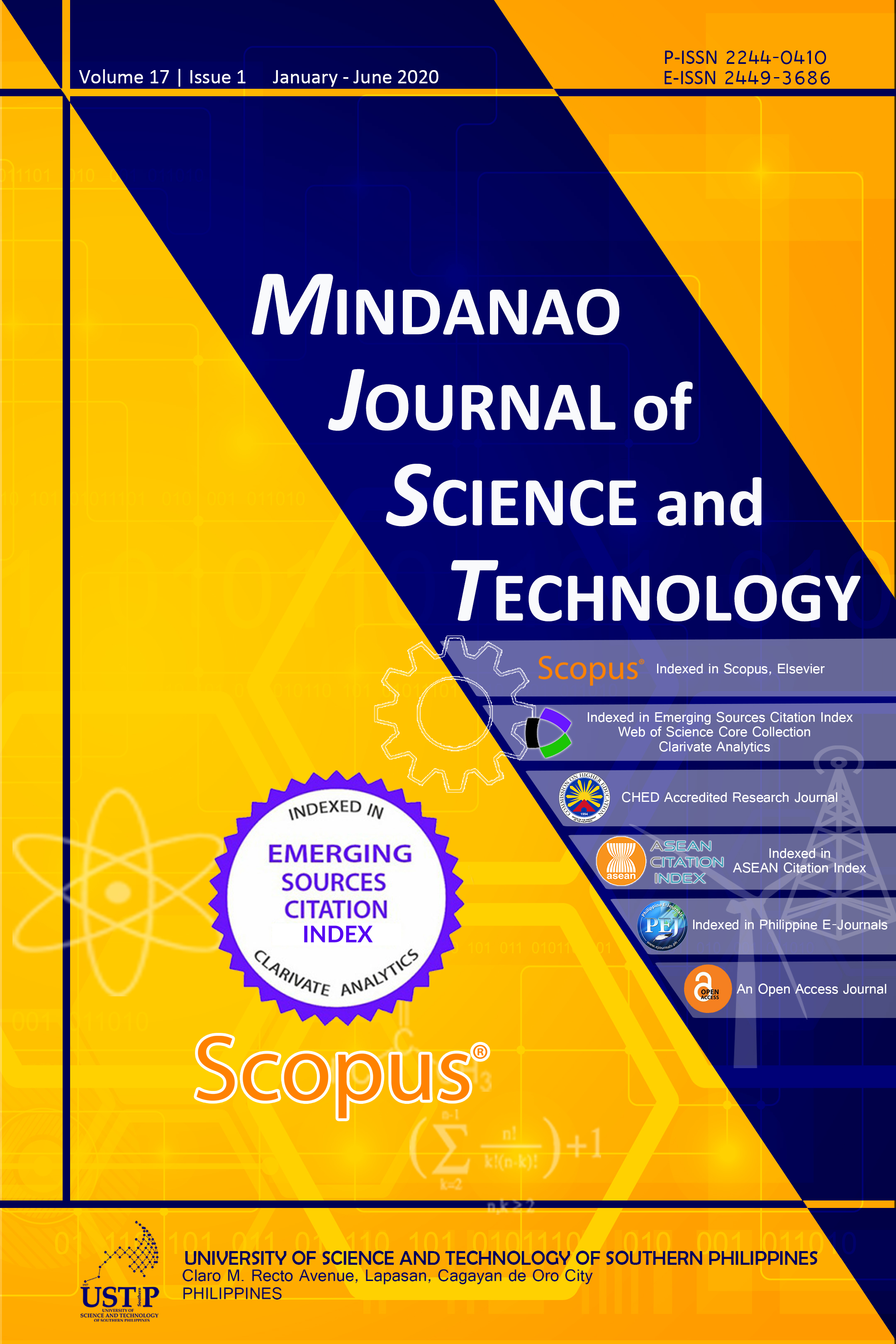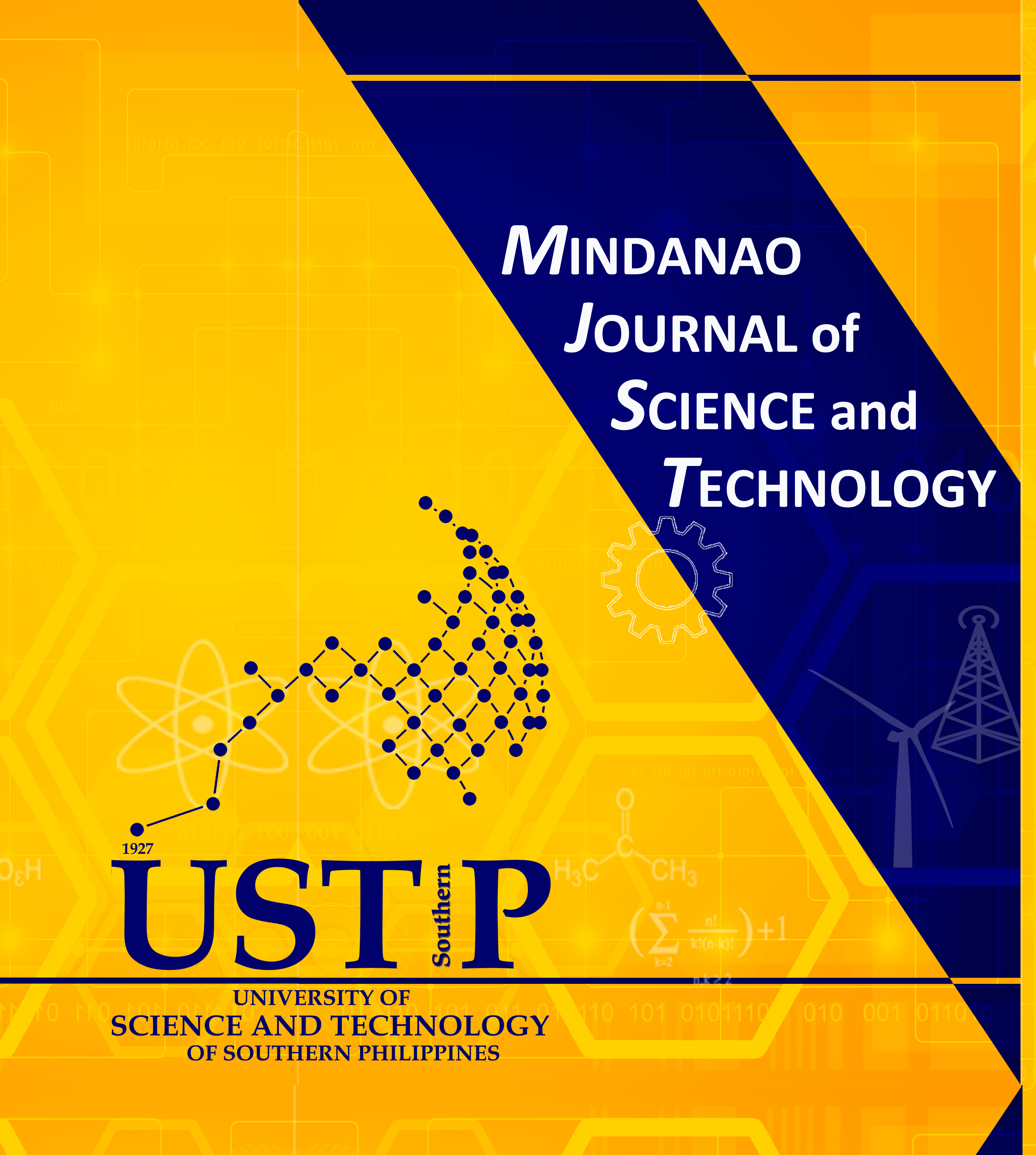Experimental Laboratory Investigation on the Threshold of Soil Saturation and Profile on Slopes Prone to Extended Rains
Keywords:
slope stability, soil moisture, degree of saturation, moisture sensor, infiltrationAbstract
The increase in the degree of soil saturation by rainwater infiltration is detrimental to the stability of slopes. For an accurate assessment of the potential triggering of rainfall-induced slope instabilities, the use of analytical assessment methods must be complemented with more precise information regarding the dynamic saturation behavior of the investigated soil. To obtain such soil-specific data, this study conducted a series of laboratory saturation simulations by exposing the variably sloped soil sample to artificial rains of moderate and typhoon-patterned intensities. The recorded data were consolidated to profile the temporal saturation responses of the soil, provide empirical equations for estimation of the normal movement of the infiltration front, and determine the saturation threshold of the tested soil. Based on the results, it was found out that the wettest possible soil state could be attained under partially saturated conditions but only for gentle slopes of up to 20°. The fully saturated zone originated at the bottom as opposed to the wetting front concept. For steeper slopes of 30° and above, surface runoff was more dominant that the infiltrated water could barely increase the soil moisture content at a depth of 0.626 m by less than 5%. High saturation thresholds were observed at the bottom (0.626 m depth) at values ranging from 83.7 to 99.7%.










